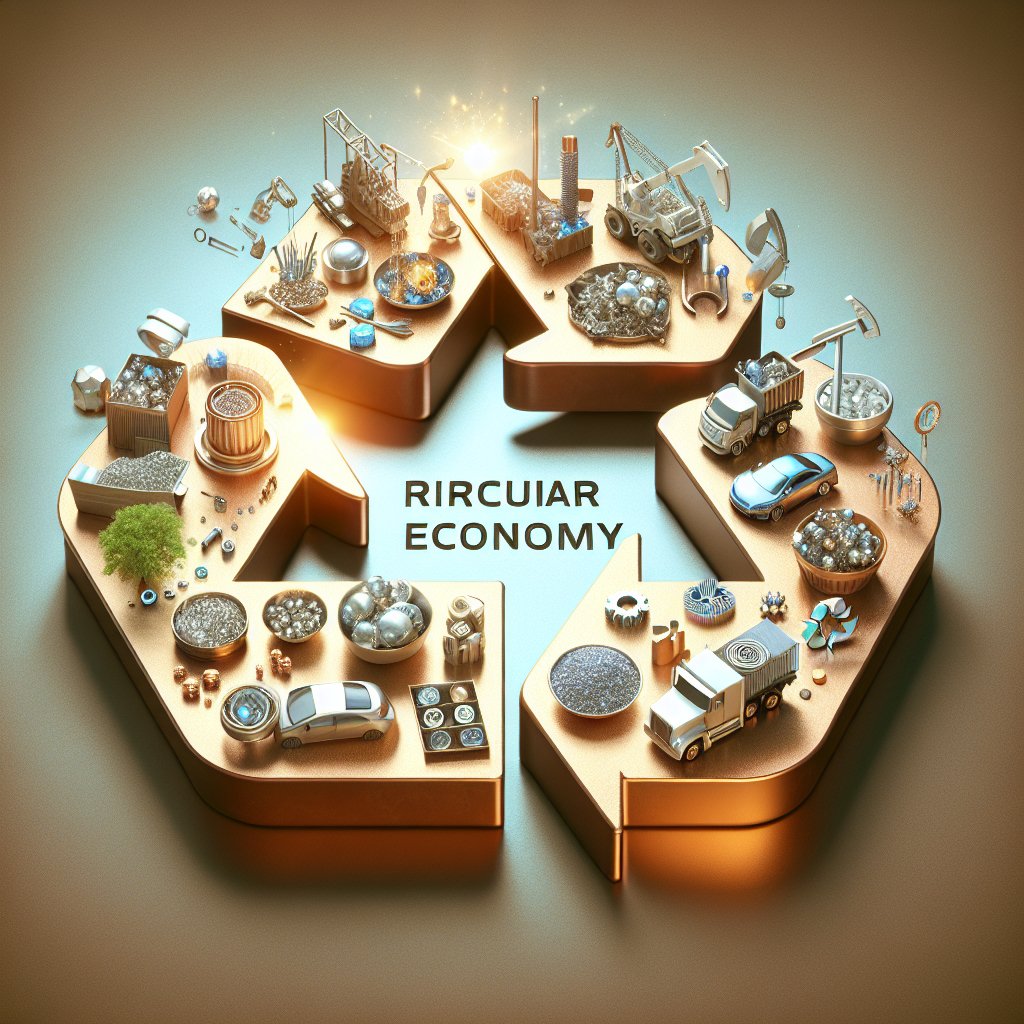Rare metals are integral to the modern world, playing a crucial role in the development and functioning of advanced technologies. From smartphones to electric vehicles, these metals are essential components that drive innovation and sustainability. However, the finite nature of these resources raises a pressing question: what happens if we run out of rare metals? This article explores the implications of depleting rare metal reserves, the potential impact on global industries, and the strategies being developed to mitigate this looming crisis.
The Importance of Rare Metals in Modern Technology
Rare metals, often referred to as rare earth elements, are a group of 17 chemical elements that are vital to the production of high-tech devices. These metals, including neodymium, dysprosium, and terbium, possess unique magnetic, luminescent, and electrochemical properties that make them indispensable in various applications. For instance, neodymium is a key component in the powerful magnets used in wind turbines and electric vehicle motors, while europium and yttrium are used in the production of energy-efficient LED lights.
The demand for rare metals has surged in recent years, driven by the rapid advancement of technology and the global push towards renewable energy. As countries strive to reduce their carbon footprint and transition to cleaner energy sources, the reliance on rare metals has intensified. This has led to increased mining activities and a growing concern over the sustainability of these resources.
Moreover, rare metals are not only crucial for green technologies but also for national security. They are used in the manufacturing of military equipment, such as jet engines, missile guidance systems, and communication devices. The strategic importance of these metals has prompted governments to secure their supply chains and invest in research to find alternatives.
The Consequences of Depleting Rare Metal Reserves
The depletion of rare metal reserves poses significant challenges to global industries and economies. As these resources become scarcer, the cost of extraction and production is likely to increase, leading to higher prices for end products. This could result in a slowdown in technological innovation and adoption, as companies struggle to source the necessary materials for their products.
One of the most immediate impacts of rare metal scarcity would be on the renewable energy sector. The production of wind turbines, solar panels, and electric vehicles relies heavily on these metals. A shortage could hinder the transition to sustainable energy, delaying efforts to combat climate change and reduce greenhouse gas emissions.
In addition to economic implications, the scarcity of rare metals could lead to geopolitical tensions. Countries with abundant reserves may wield significant power over those dependent on imports, potentially leading to trade disputes and conflicts. This scenario underscores the need for international cooperation and the development of policies to ensure fair and sustainable access to these critical resources.
Furthermore, the environmental impact of rare metal mining cannot be overlooked. The extraction process is often associated with significant ecological damage, including habitat destruction, soil erosion, and water pollution. As demand increases, the pressure on mining operations to expand could exacerbate these environmental issues, highlighting the need for more sustainable mining practices.
Strategies for Mitigating Rare Metal Shortages
To address the potential shortage of rare metals, several strategies are being explored by governments, industries, and researchers. One approach is to enhance recycling efforts to recover rare metals from electronic waste. By improving recycling technologies and processes, it is possible to reclaim valuable materials from discarded devices, reducing the need for new mining activities.
Another strategy is to invest in research and development to find alternative materials that can replace rare metals in various applications. Scientists are exploring the use of abundant and less expensive materials that can mimic the properties of rare metals, potentially reducing dependence on these scarce resources. For example, researchers are investigating the use of iron and cobalt as substitutes for neodymium in magnets.
Additionally, improving the efficiency of rare metal usage in manufacturing processes can help extend the lifespan of existing reserves. By optimizing production techniques and reducing waste, industries can make better use of the available resources, delaying the onset of shortages.
International collaboration is also crucial in addressing the challenges associated with rare metal scarcity. Countries can work together to develop policies that promote sustainable mining practices, fair trade, and the sharing of technological advancements. By fostering a cooperative approach, the global community can ensure a more equitable distribution of these vital resources.
In conclusion, the potential depletion of rare metals presents a significant challenge to the modern world. As these resources become scarcer, the impact on technology, the economy, and the environment could be profound. However, by adopting innovative strategies and fostering international cooperation, it is possible to mitigate the risks and ensure a sustainable future for rare metal usage. The journey towards a solution requires a concerted effort from all stakeholders, emphasizing the importance of balancing technological advancement with environmental stewardship and resource conservation.












